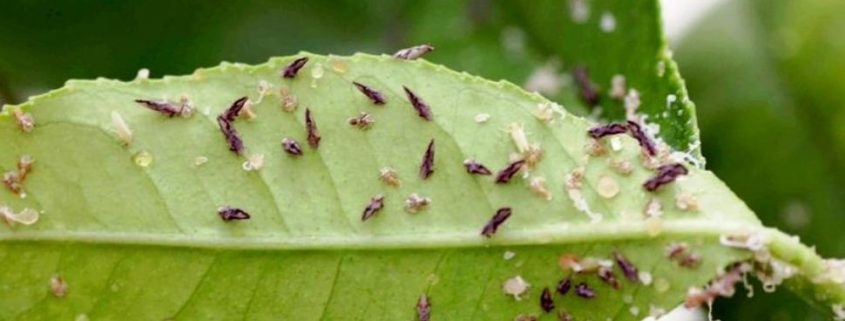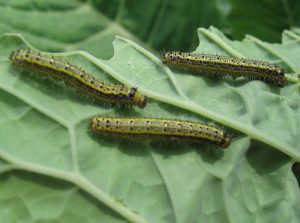Climate change increases the population of insect vectors and contributes to the expansion of agricultural pests
By Fernando Martínez de Toda
The increase in temperature by approximately 2 ° C on average, the rapid increase in CO2 concentration and the increase in drought and episodes of extreme weather can have unpredictable consequences on crop pests and diseases. Hemiptera, vectors of approximately 70% of plant pathogens transmitted by insects, are very susceptible to temperature changes since they generally have a very short biological cycle and require a great capacity to disperse, reproduce and adapt to new habitats. Since 1960 there has been a displacement of more than six hundred pests and diseases towards the poles at an average of 2.7 km / year; in the case of hemiptera, this displacement has turned out to be much greater (13.7 km / year).
The impact of climate change on the biology and populations of pests and their control is part of the International Meeting Challenges of Plant Health to the Future: European Legal Framework and Climate Change, which takes place on June 13 and 14 in Valencia and is organized by Phytoma-Spain with the collaboration of the Ministry of Agriculture, Environment, Climate Change and Rural Development of the Generalitat Valenciana and LINCGlobal, International Laboratory on Global Change. The objective is to present the latest research on the impact of climate change in this field and the strategies to be followed for the adoption of adaptation and mitigation measures, as well as to analyze the next legal framework that will regulate plant health within this context.
The main groups of insect vectors of viruses such as aphids, white flies and thrips are very susceptible to changes in temperature, wind and precipitation. For example, an increase in the average winter temperature increases the population growth rate of many of these vector insects, expanding their populations to new areas and advancing their migratory flights in the spring. “Forecasts indicate that before the new scenario of climate change spring aphid flights will advance an average of eight days in the next fifty years.
Climate change will induce alterations in the morphology and physiology of crops that have implications for the duration and level of genetic resistance to virus vectors. “Predictably, they will appear more frequently than other expressions transmitted by vectors that expand into new areas and become difficult control measures for the questions to predict the response of vectors and viruses in the face of new climate change scenarios”, underlines Fereres, to accompany in the block devoted to pests the entomologist Alberto Urbaneja, professor of Research of the Plant Protection and Biotechnology Center of the IVIA; James Bell, from the agricultural research center Rothamsted Research (United Kingdom); Enrique Quesada, from the Department of Agricultural and Forestry Sciences and Resources of the University of Córdoba; and Pablo Bielza, professor of Agricultural Entomology at the Polytechnic University of Cartagena and president of the Spanish Society of Applied Entomology.
This meeting will also analyze the impact of climate change on crop diseases and their herbal populations, the sustainable use of phytosanitary products, five years after the entry into force of Royal Decrees 1702/2012 and 1311 / 2012, the commercialization of defense and production means and the new European Regulation on fertilizers and biostimulants.









